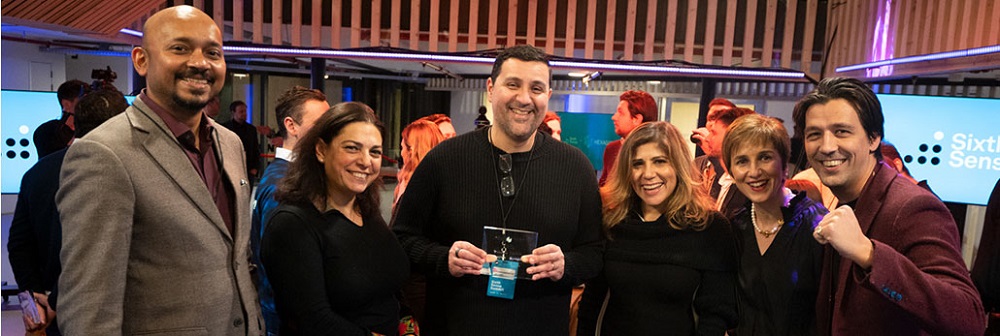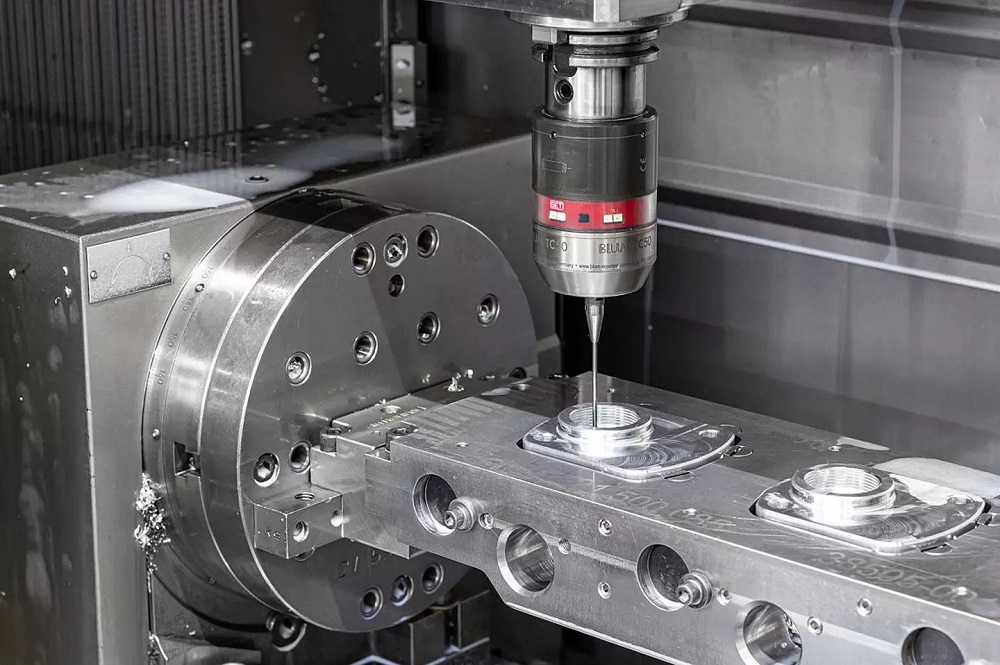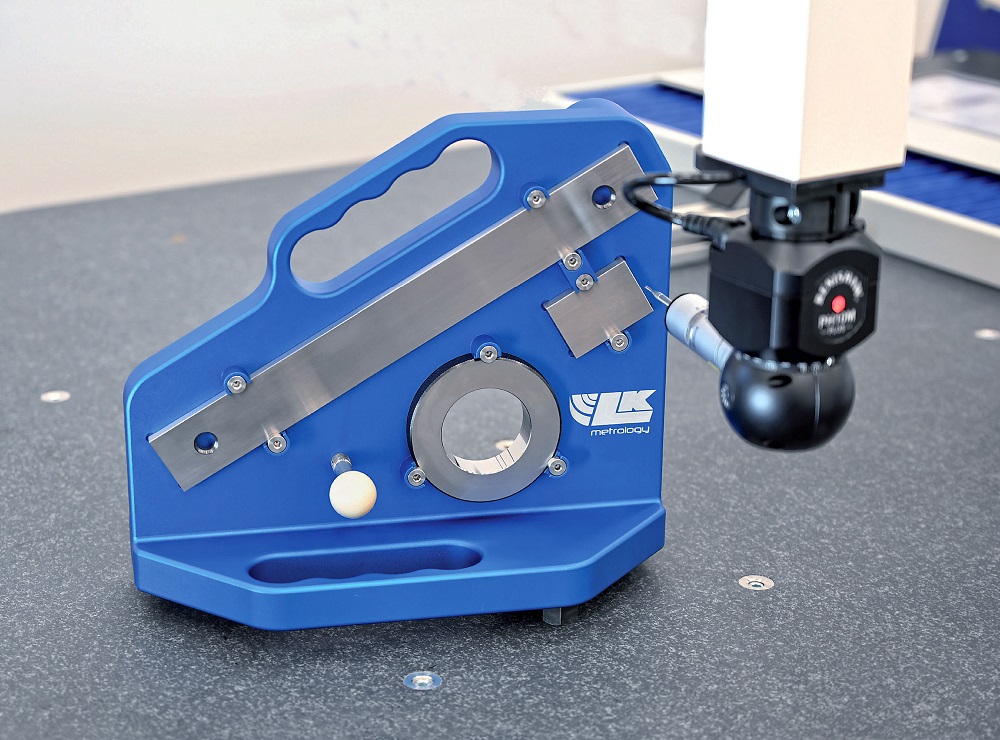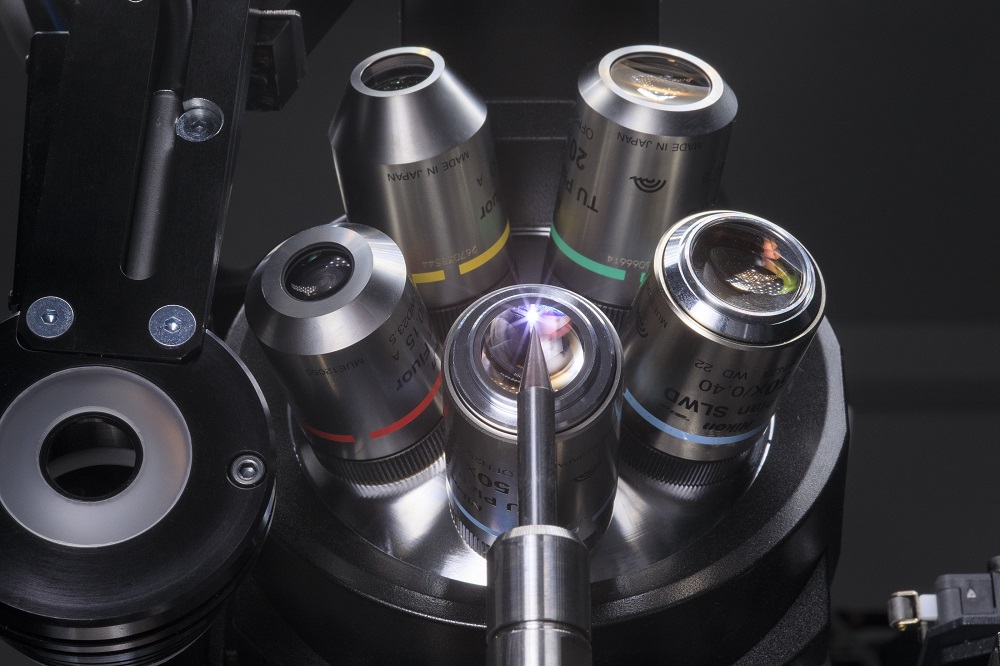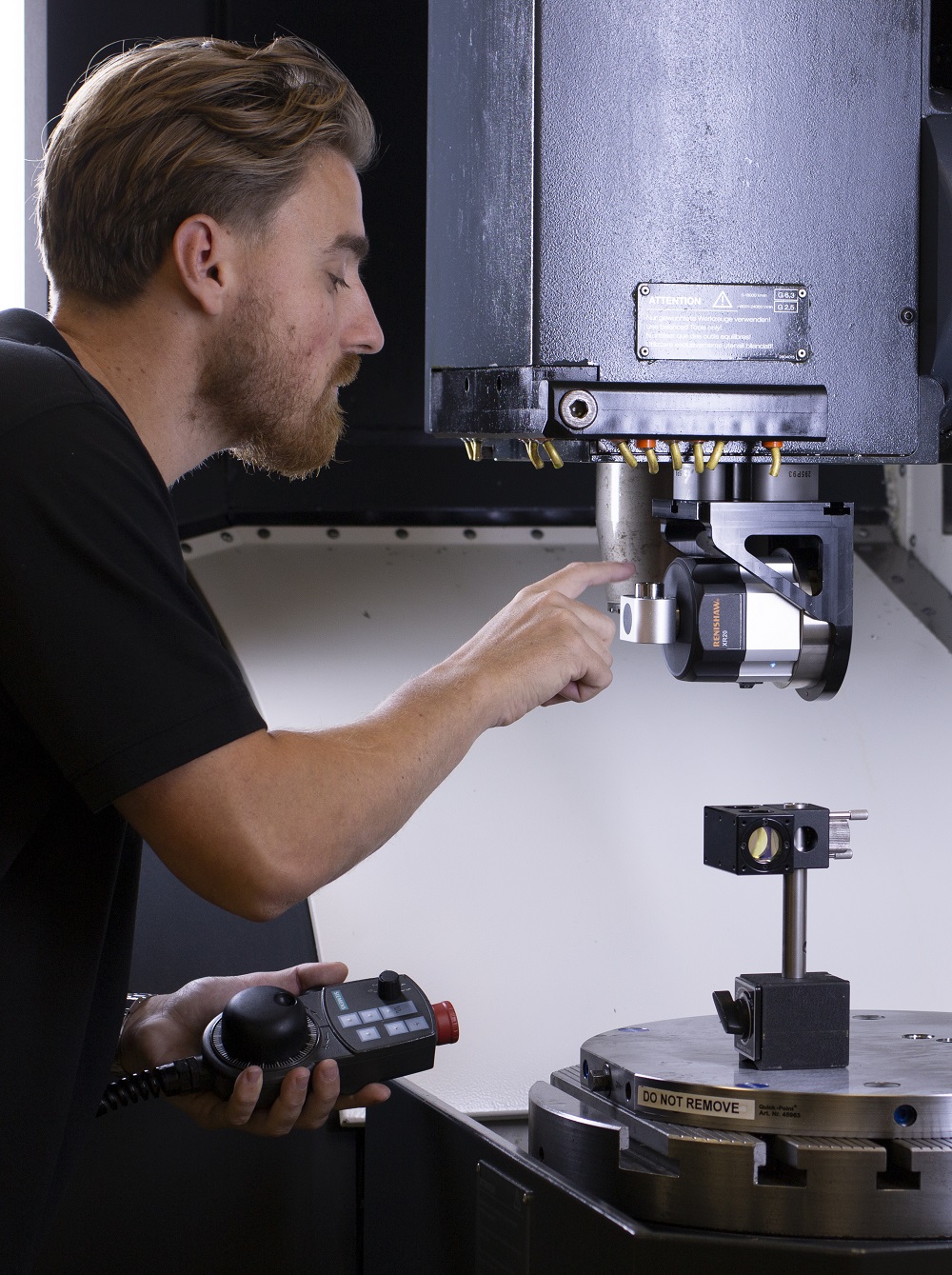CMM manufacturer LK Metrology is introducing a range of UKAS-certified length and form artefacts complete with holding fixture, allowing users to verify the inspection accuracy of any 3D measuring platform. Customers can therefore have greater confidence in the results of an inspection, whether for metrology or reverse engineering, long after the annual calibration of the measuring machine.
Each CMM Checking Gauge (CCG) enables independent monitoring and verification of accuracy through regular intermediate checks on a CMM or portable measuring arm. An OEM can be certain that prototypes and production parts are within tolerance, while subcontractors are able to assure their customers that any machining and inspection carried out on their behalf is accurate. CCG demonstrates a commitment to a consistently high standard of dimensional quality control. Artefact measurement uncertainty is down to ±0.01 μm.
The gauge provides an efficient go/no-go check with measurement results for ongoing CMM monitoring. Three combinations of length bars, ring gauge, test sphere and fixture of different sizes are available to suit various measuring machine models. Regular use provides an early warning of changes in the inspection system and an opportunity to take pre-emptive action. Once identified, it is possible to address accuracy issues due perhaps to environmental changes or an unnoticed probe crash by scheduling an interim machine service or calibration, before downstream manufacturing processes are impacted.
CCGcomes in a carrying case with a program on a USB drive that runs in LK’s CAMIO measuring and reporting software. The program comprises DMIS measurement and alignment routines for bridge and horizontal arm CMMs, allowing the CCG cycle to run seamlessly on LK machines.
For further information www.lkmetrology.com
USA flag [head] Accurate and easy way to perform Brinell tests
AMETEK Newage Testing Instruments, an established manufacturer and worldwide supplier of hardness testers and accessories, is launching its improved Brinell Optical Scanning System (BOSS).
Brinell testing is a widely used method for measuring the hardness of metals. There are several reasons why this method is so popular, including its suitability for all metal types and that it offers a very accurate and simple testing method.Manual reading is quite easy and straightforward, but here operatives come across the one disadvantage of the Brinell method: manual reading via microscope has a high risk of human error and requires training and concentration to achieve accurate results.
Since the formula for the Brinell Hardness Number (BHN) calculation depends on the indent impression reading, these readings require high accuracy. That is why AMETEK Newage developed BOSS, which virtually eliminates operator influence on the test results.
BOSS uses a compact scanning head attached to a computer using the BOSS software to measure impression diameters in seconds and yield a measurement resolution of 0.01mm. BOSS software is used to set up the criteria for the reading, and perform the necessary BHN calculations to ASTM standards. The system even takes into account such anomalies as impression roundness and the surface finish of samples.
In this latest launch, the BOSS software now features an even better user interface that is intuitive in a familiar window-based environment and with faster and easier installation. The new configurable display shows the 10 most recent readings and features customisable measurement screens that users can configure to tailor the software to their specific application. An updated demonstration mode allows for multiple impressions, creating an improved sales and training experience.
For further information www.hardnesstesters.com






